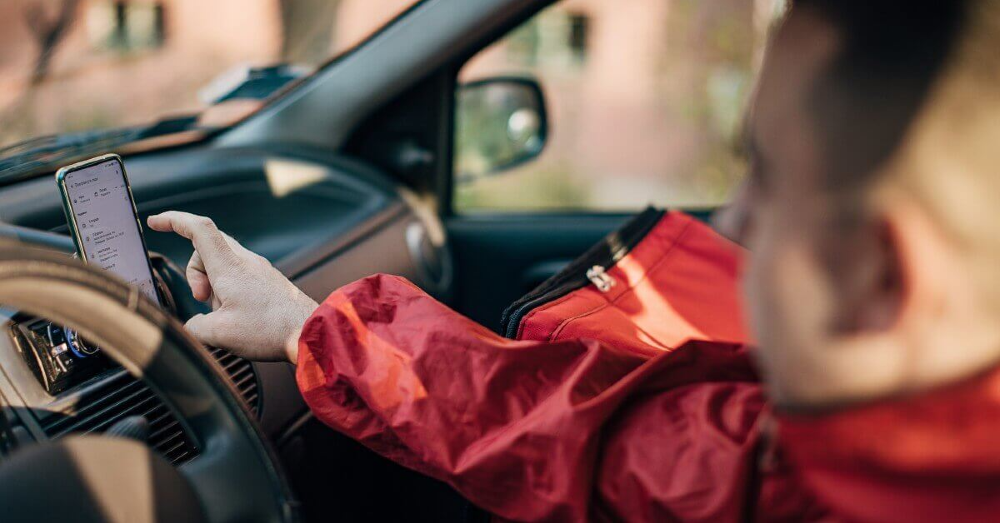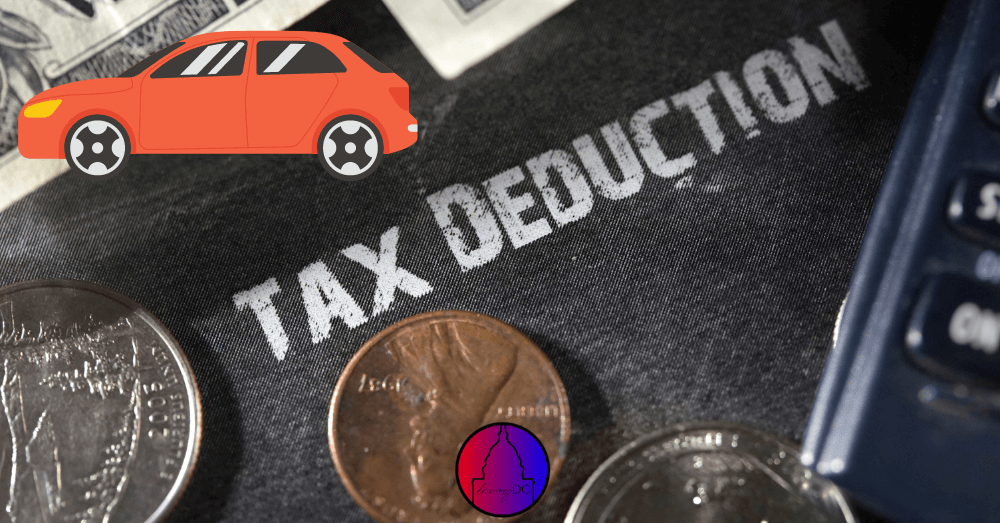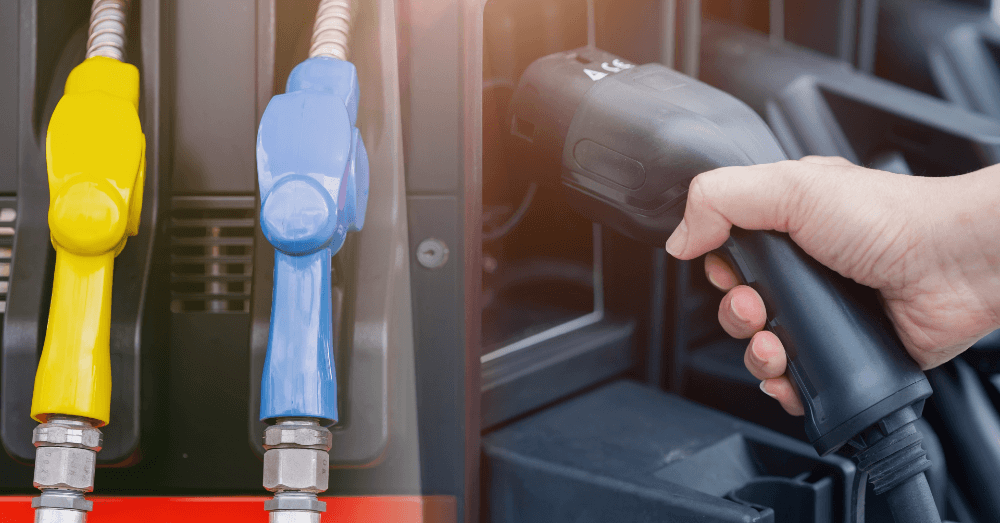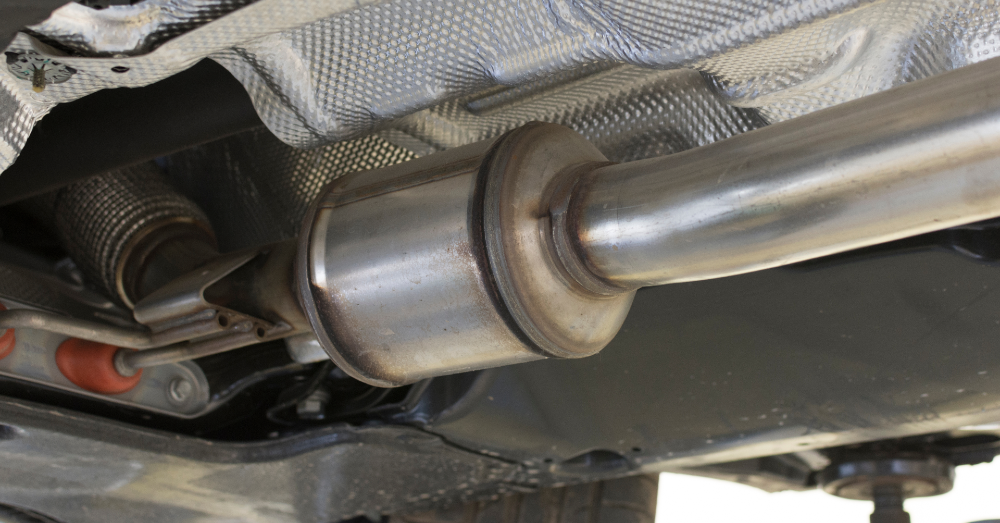
Delivery Drivers Could Benefit from Government Intervention
As much as we all appreciate businesses setting their price structure, delivery drivers could benefit from governmental aid.
Not only could companies that transport products across the country via semi-truck benefit from a freeze on gas prices, but those that work through deliver apps would see their quality of life improve if gas prices were lowered or frozen at a certain level. The question might be whether or not the federal government has the right to set a ceiling on the per-gallon cost of gasoline, but it’s certainly something to think about.
How have Increased Gas Prices Impacted Drivers
It’s easy to see the impact of higher gas prices when you visit the grocery store. Companies that produce and deliver the food we eat often raise the prices of these products with the increase in gasoline to offset these costs. Unfortunately, the nearly 1.6 million people around the country that deliver food, products, and supplies via delivery apps don’t have this control. An increase in the gas price makes a huge difference to this workforce segment, who rely on gas to get items from one place to another.
The Gas Increase was Too Sudden for Many to React
The vehicle used to deliver food via Grubhub and Uber Eats is often the exact vehicle transporting the family around. While some people enjoy the ability to buy a smaller car that has higher fuel mileage than others, when the gas price rises suddenly, many don’t have this capability. Some people take on this job because nothing else works for them. Delivery drivers using these apps often need the same car to transport the family around for their delivery job, which means it could be a much larger vehicle than you might expect for delivery service.
Some Have Changed Their Lifestyles; not for the Better.
The increase in gas price can translate to nearly $25 per tank of gas more for a large car or older SUV. This increase might mean a delivery person needs to work seven days a week instead of five or take several additional deliveries instead of sticking to the numbers they performed before the gas price increase. The national average of gas is now at $4.24 per gallon, which is a lot more than it should be.
What Caused the Increase in Gas Prices?
The sudden invasion of Ukraine by Russian forces instantly translated to higher gas prices worldwide. Even though we don’t use very much Russian oil in the United States, the price per barrel of oil is determined globally, not nationally. This is the excuse many fuel companies give for their price hike, even though some of these companies continue to report unprecedented profits year over year. Without going too deep into this problem, if the federal government can’t do anything about gas prices, maybe there’s another solution for delivery drivers.
Some Companies Have Added More Money to the Payment Drivers Receive
Some look at it as a small gesture, but others don’t see any change in the price offered for deliveries. Uber Eats added a surcharge of 35 to 45 cents to every delivery, while the Uber ride-sharing has a surcharge of 45 to 55 cents per trip. Lyft also adds 55 cents to each ride, and Instacart added 40 cents to the payment for every ride. Shipt hasn’t done anything to improve the gas price situation for its drivers and is typically one of the most unpredictable delivery apps for drivers from location to location.
Gas Rewards Coming From Some Apps
Some companies offer a debit card to their drivers and give a cashback bonus for purchasing gas. DoorDash offers 10 percent cash back, and Lyft rewards its drivers with 4 to 5 percent back for the same purchase types. Neither company tells us how many of their drivers have debit cards from the company. Still, this benefit could increase and allow some drivers to get a little more than getting absolutely nothing back to fill the gas tank.
Gas Cards and Apps Help As Well
Many gas station chains now offer a discount card for members to use. Often this translates to a discount of 10 cents per gallon when using one of the stations in the chain. Other apps such as GasBuddy and Get Upside help delivery drivers save a little money at the pump when they want to enjoy a discount on the gas they purchase. Some drivers have gas discount apps and gas cards and enjoy these surcharges from the apps, but that doesn’t offset more than a $1.00 increase in the per-gallon price of gas over the past few months.
What Can Delivery Drivers Do?
Some of these gig workers have other full-time jobs and only deliver food or drive people around as a secondary job. The cost of gas has sidelined some of them to the point that they are no longer performing delivery duties, choosing instead to wait until the gas price comes back down. Others have to take a different approach. Some have figured out they need to take a few more orders than before, while others will only accept orders close to the store or restaurant.
Should the Federal Government Force Lower Gas Prices?
Maybe it’s not a question of whether or not they should, but whether or not they can. If the federal government has the authority to lower gas prices and set a ceiling on this product, they certainly should, and this should have happened when the invasion of Ukraine took place. Unfortunately, this might not be something the government has authority over in our free market society. Until prices come back down, delivery drivers have to balance the pros and cons of their job and decide whether or not it makes sense to continue to deliver food or products to customers at their homes.
This post may contain affiliate links. Meaning a commission is given should you decide to make a purchase through these links, at no cost to you. All products shown are researched and tested to give an accurate review for you.



